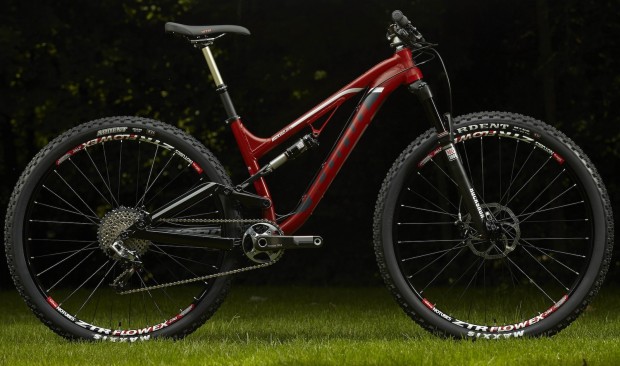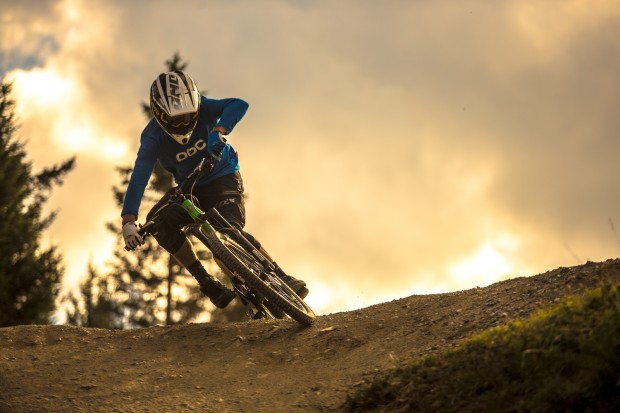In the days following Eurobike 2013 I was fortunate enough to travel to a new bike park in Serfaus-Fiss-Ladis, Austria, to sample the delights of the 2014 Kona Process range – a collection of bikes that places Kona well-and-truly into the forefront of modern mountain biking and a trio that covers light trail use all the way to serious enduro racing.
Kona’s Process
When I first rode the previous (2013) Process from Kona, I have to say I was not hugely enthused. I just couldn’t get the rear of the bike to feel supple or even alive. Perhaps a different shock tune could have changed my entire perception of the bike, but that is not going to be a problem worth solving, as for 2014 the Process range is so radically different – and frankly excellent, certainly terms of ride character and performance – that it doesn’t warrant worrying about.

Kona’s dream team
Kona have a secret weapon in their midst, or two secret weapons I should say; product manager Chris Mandell and engineer Jack Russell (yes that’s his real name). The duo have been working as a team together for less that two years now, but they are doing a fine job of putting ideas to paper, then to prototype to be ridden on some serious terrain in the Pacific North West, and then to production once satisfied that they have created a machine to match current trend and, most importantly, to perform to its best ability. The new Process is of course one of those ideas.
The three bikes
There are three bikes in the new Process line-up: the 29-inch-wheeled Process 111 and the 27.5-inch-wheeled Process 134 and Process 153. The numbers indicate the suspension travel of each bike in millimetres.

Photo by Ale Di Lullo
According to Mandell, and a feature he enthused about, a key trait of all the new bikes is the intention of running a short (40mm) stem, which therefore persuades the inclusion of a longer top tube, or vice-versa. Each of the four sizes available is subsequently longer than the majority of similar bikes available on the market – something that many riders ‘in the know’ have been crying out for and geometry that provides more of a confident, comfortable ride position. The suspension configuration fits into a neat package below the top tube, allowing a super low-slung frame for manouverability. I should note that the bikes are also specifically aimed at the use of a dropper seatpost.
Other key features include: widely spaced, oversized pivots to “minimise side loading and wear”; standard (external) and Stealth dropper seatpost routing; tapered headtube; 12×142 rear axle; and a lifetime warranty. Where components are concerned, the team has been able to pick and choose their “favourites”, meaning that there is an unusual mix of Shimano/SRAM and others throughout the range, which is surely a good thing. All three bikes are made from 6061 aluminium but a future version in carbon was hinted at.
This is a versatile group of bikes aimed at covering all bases from trail to enduro.
Let’s have a look at each of the bikes:




